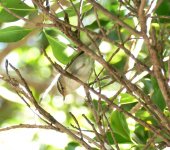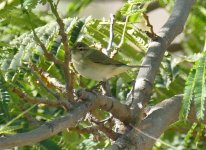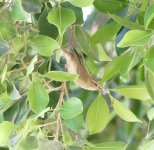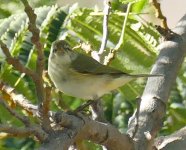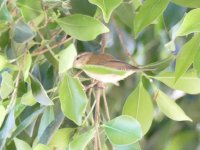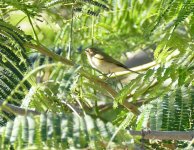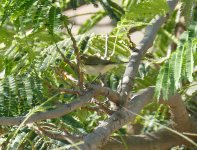KenM
Well-known member
These three birds along with Blackcaps, were present adjacent to a Children's
playground/Town Park, Pajara (Fuerteventura) last week.
No Brownie points for the first bird...or that the other two are Chiff Chaffs, albeit quite different looking birds...presumably Iberian Chiff Chaff for the 2nd bird...and Canary Island Chiff Chaff for the third? Cheers
Another two shots...the bird with the green upper-parts does look intriguing! (where it not for the dark legs and short pp!)....one would be thinking Willow Warbler. I've certainly never seen a Chiffy (which it clearly is) with almost white unders looking like that before.
The Olive-Brown individual again, most odd looking with a particularly long pale super, might tick the Canary Island Chiff Chaff box?
playground/Town Park, Pajara (Fuerteventura) last week.
No Brownie points for the first bird...or that the other two are Chiff Chaffs, albeit quite different looking birds...presumably Iberian Chiff Chaff for the 2nd bird...and Canary Island Chiff Chaff for the third? Cheers
Another two shots...the bird with the green upper-parts does look intriguing! (where it not for the dark legs and short pp!)....one would be thinking Willow Warbler. I've certainly never seen a Chiffy (which it clearly is) with almost white unders looking like that before.
The Olive-Brown individual again, most odd looking with a particularly long pale super, might tick the Canary Island Chiff Chaff box?
Attachments
Last edited:




